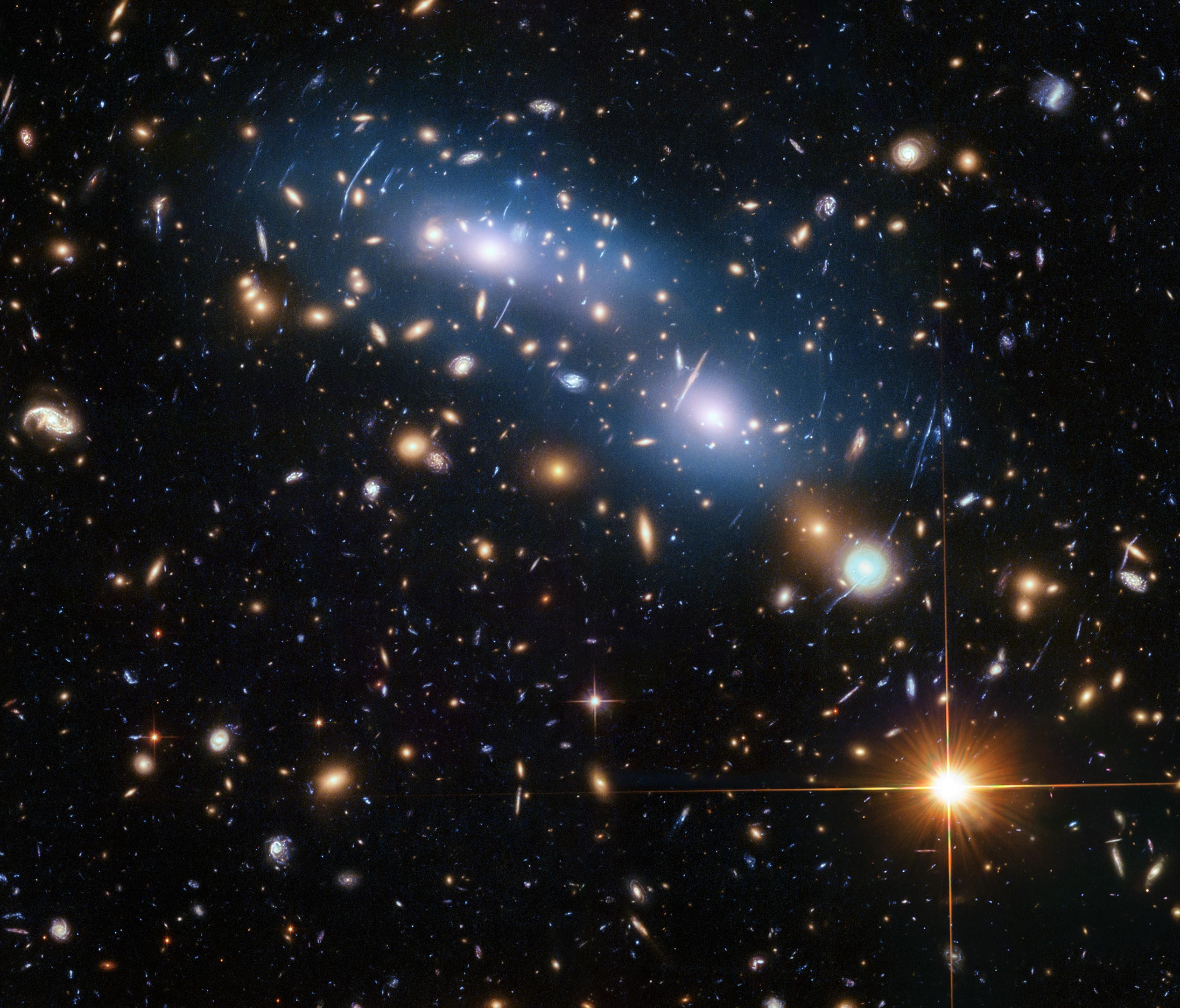
A team of European researchers, led by Rachana Bhatawdekar of the European Space Agency, set out to find the elusive first-generation stars by probing from about 500 million to 1 billion years after the big bang.
In their quest they used observations from Hubble, NASA’s Spitzer Space Telescope, and the ground-based Very Large Telescope of the European Southern Observatory.
Unfortunately, the team found no evidence of these first-generation Population III stars in this cosmic time interval they explored.
New results from the NASA/ESA Hubble Space Telescope suggest the formation of the first stars and galaxies in the early universe took place sooner than previously thought.
A European team of astronomers have found no evidence of the first generation of stars, known as Population III stars, as far back as when the universe was just 500 million years old.
We do not know when or how the first stars and galaxies in the universe formed.
These questions can be addressed with the Hubble Space Telescope through deep imaging observations.
A team of European researchers, led by Rachana Bhatawdekar of the European Space Agency, set out to study the first generation of stars in the early universe.
Bhatawdekar and her team probed the early universe from about 500 million to 1 billion years after the big bang by studying the cluster MACS J0416 and its parallel field with the Hubble Space Telescope (with supporting data from NASA’s Spitzer Space Telescope and the ground-based Very Large Telescope of the European Southern Observatory).
“We found no evidence of these first-generation Population III stars in this cosmic time interval,” said Bhatawdekar of the new results.
This allowed them to discover galaxies with lower masses than ever previously observed with Hubble, at a distance corresponding to when the universe was less than a billion years old.
At this point in cosmic time, the lack of evidence for exotic stellar populations and the identification of many low-mass galaxies supports the suggestion that these galaxies are the most likely candidates for the reionization of the universe.
This period of reionization in the early universe is when the neutral intergalactic medium was ionized by the first stars and galaxies.
“This also strongly supports the idea that low-mass/faint galaxies in the early universe are responsible for reionization.”.
These results also suggest that the earliest formation of stars and galaxies occurred much earlier than can be probed with the Hubble Space Telescope.
This leaves an exciting area of further research for the upcoming NASA/ESA/CSA James Webb Space Telescope — to study the universe’s earliest galaxies.
The Hubble Space Telescope is a project of international cooperation between NASA and ESA (European Space Agency).
The Space Telescope Science Institute (STScI) in Baltimore, Maryland, conducts Hubble science operations.
